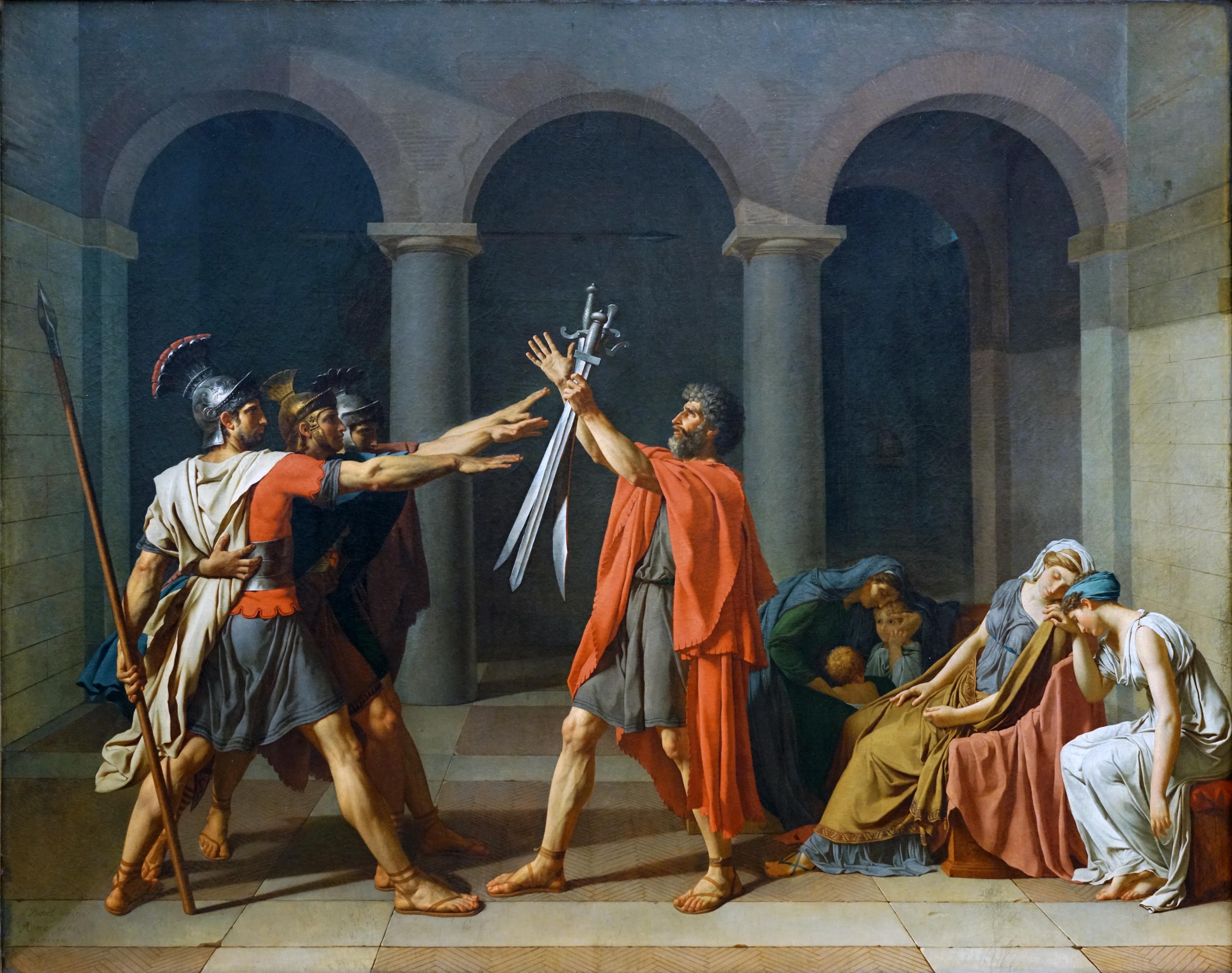Before reading or scrolling further down the page, first take a minute or two and look at the three images above. They all belong to the same painting and are depicting a scene. As you begin to observe, you will probably also start to draw conclusions about what you think might be going on. You may have an idea but you’re probably asking yourself what’s happening? who are these people? and how is this related to safety? This last one we’ll get to in a moment.
Here are some additional questions to think about:
- Do these images provide you with enough information to make a solid conclusion on what’s happening?
- What additional information would you ideally like to have?
- How often are you in situations where you have to draw a conclusion based on limited data?
Quite frequently in our working environments we are presented with situations where we have just pieces of the bigger picture–or what really happened. We are expected to quickly draw conclusion, provide answers, make decisions on a course of action and communicate about what took place.
But what if our initial assumption was incorrect or only partially accurate?
Now, take a minute and study the full image below.

Being able to see the entire painting you can now begin to start drawing conclusions about what you think is happening.
- Did any of your initial assumptions shift once you saw the full picture?
- Do you have all the information you need or what other insights might be helpful?
Although we can now see the entire image we still don’t know exact what is happening. To understand fully what is taking place we need to also understand the context. What is the scene depicting? What time period was it painted in? Who painted it? and what were they trying to convey?
Drawing a parallel to Incident Investigation
Often times when we are conducting incident investigations we are presented with limited data points. We don’t always have all the pieces to the puzzle or have a complete understanding of the context but are asked to draw conclusions which may or may not get at the root cause. To help ensure we have the right information we need to train ourselves to ask the following questions.
- When we have images of an incident scene, do we have all the information we need or are we at risk of drawing conclusions prematurely?
- What other information would we typically seek out?
- What about context, history, interactions, conditions, and of course persons impacted?
To properly understand the systemic causes of incidents we must look systemically, not simply respond to the readily available data. And we must recognize that many incidents are a manifestation of factors that unfold over time – possibly hours, days, weeks or months.
Visual Literacy helps provide insights and understanding through acknowledging the realities behind incidents. Below are some of these realities.
- It is likely the hazard was there all along. It is rarely the case it emerged ‘in the moment.’
- The fact of the ‘event’ is incidental, we must focus on understanding the hazard and the context in which the workers were exposed to it.
- Human beings are inherently flawed. For example, studies show the we only ‘see’ as little as 10% of what is around us, our brain fills in the rest.
- So, any element of our safety system that relies on human infallibility is, in and of itself, a flawed system.
- The notion that we can ‘investigate’ after the event as an objective party and not bring bias to that process is flawed.
- Understanding incidents require ‘seeing through the eyes of the worker.’ Learning from incidents requires unique tools that help us understand how the worker might have experienced a hazard.
By reframing how we think about learning from incidents and integrating new tools and techniques from Visual Literacy, we protect our organizations and our people from hazards – and harm. As a result, we build learning oriented cultures that understand the challenges of ‘seeing’.
COVE helps those involved in incident analysis and learning apply Visual Literacy skills and tools to substantially improve the quality of the analysis and the subsequent learning.
Painting Description – This is the Oath of the Horatii by Jacques-Louis David. The painting depicts the Roman Horatius family, who have been chosen for a ritual duel against three members of the Curiatii, a family from Alba Longa, in order to settle disputes between the Romans and the latter city.

We invite you to download our white paper “Re-framing Incident Investigations Using Visual Literacy” for a deeper look at this approach.




